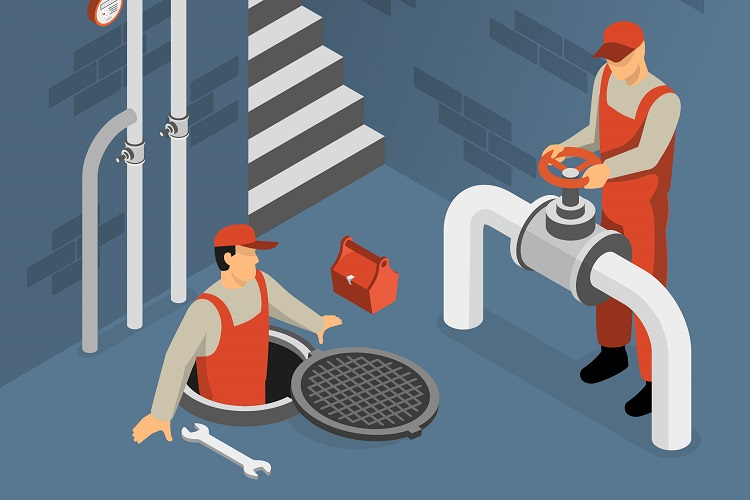Corrosion (a problem for older homes with galvanized steel plumbing), shifting of the ground due to construction or natural disasters, and pressure from expanding tree roots are all possible causes of sewer line breaks. Whatever the cause, sewer line breaks will require professionals for sewer line repair Albuquerque, to dig the sewer trenches and replace the damaged lines as soon as possible.
Ground Settlement
When a sewer line breaks, the water that flows from it begins to collect near the lowest part of the house. This accumulation of water creates a sinkhole. The water can also freeze and expand during the winter, causing damage to pilings and foundation slabs. This condition can lead to serious problems in a home’s sewer system.
A sewer line crack can occur on the bottom or inside the pipe. If the pipe has cracked or deteriorated, it will need to be replaced. It will require excavation and replacement. A broken line will also need pipe lining. In some cases, the line can even collapse. It is an extremely rare problem but can occur when the pipe is badly neglected or exposed to the weather.
Contact your local sewage authority if you suspect a sewer line has broken. They can inform you of the proper codes and requirements for repairing the line. They can also help you determine whether a repair will require a permit. In addition, notifying the sewage authority may prevent you from facing fines and other costs associated with a sewer line break.
Tree Roots
Tree roots that have entered a sewer line can cause serious damage. Tree roots will often expand quickly and can cause a break in the pipeline. Luckily, there are ways to prevent tree roots from entering a sewer line, including landscaping your yard. If the problem has already occurred, a professional plumber can help resolve the problem.
If the roots are small, they can be cut out of the line with a special mechanical auger. This device has blades on one end designed to cut through tree roots. Once the roots are removed, the line will need to be flushed. If the roots are too large, the system will need to be pumped to remove them.
Tree roots that have entered a sewer line may also cause slow draining. When this occurs, water can gurgle and cause air bubbles to form in the drain. The air bubbles can cause a break in the line.
Installing Sewer Lines Incorrectly
The law of gravity is the basis for how a sewer line operates. Water and waste must flow downward. Poor installation can cause pipes to settle and become back-pitched. A line breaking due to a low area should be unlikely with proper installation.
Most plumbing codes mandate sewers have a 1/4-inch per-foot downward slope from the house to the city’s main line in the street. The plumbing code might require the plumber in your city to lay gravel underneath the entire run of pipe. Regardless, it’s a standard wise procedure.
The pipes will eventually settle and break if the main sewer line is not installed with the proper fall (amount of downward slope) or support.
Deterioration of Sewer Pipe
When they have a clogged drain, many people use chemical remedies. Corrosion will unavoidably result from repeated chemical treatments. You might have corroded pipes failing if your water is discolored, your water pressure is low, or you notice leaks.
We believe chemical treatments are too harsh. We do not advise using them because they frequently perform subpar, may be unhealthy for you, and cause corrosion that weakens and deteriorates your pipes. Future issues become worse as a result of this.




